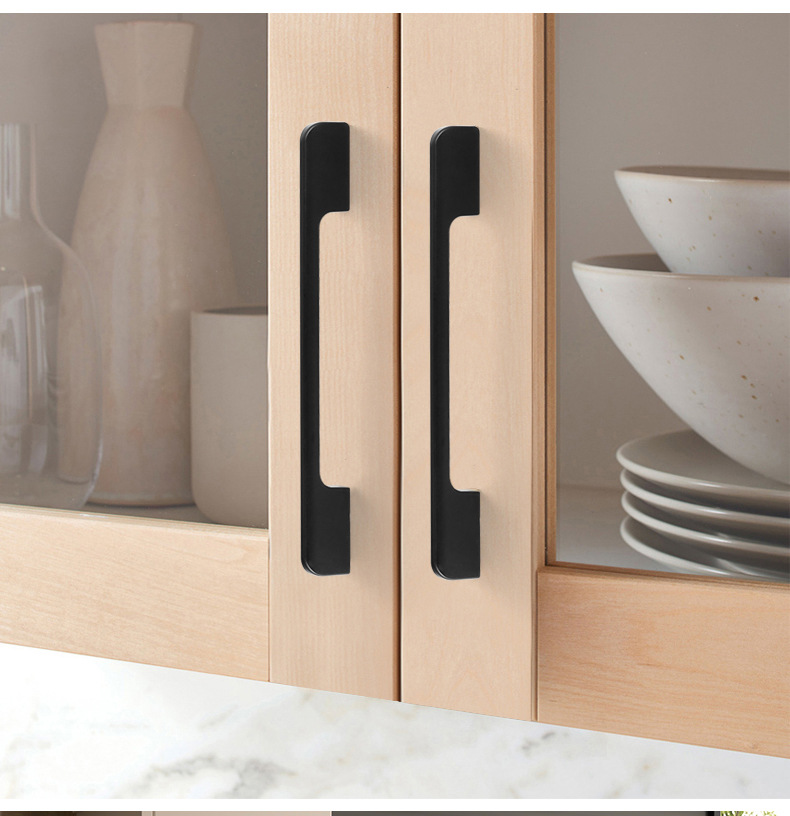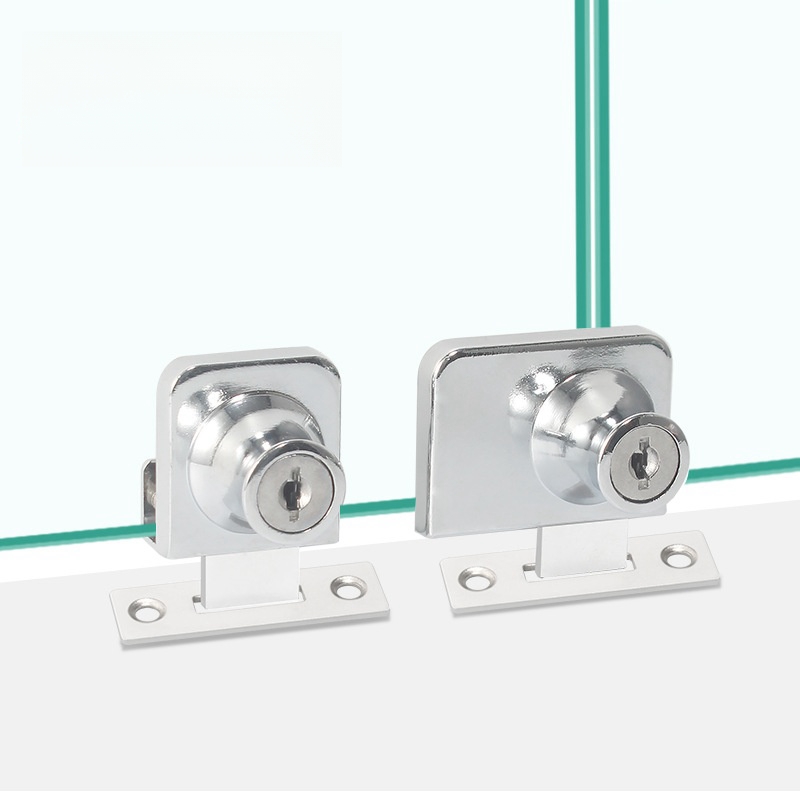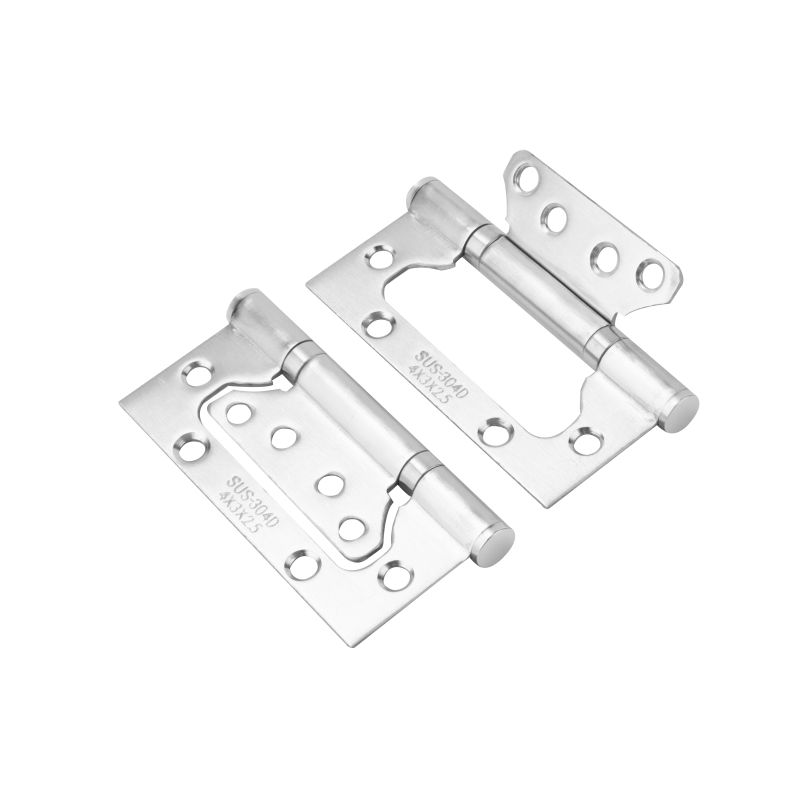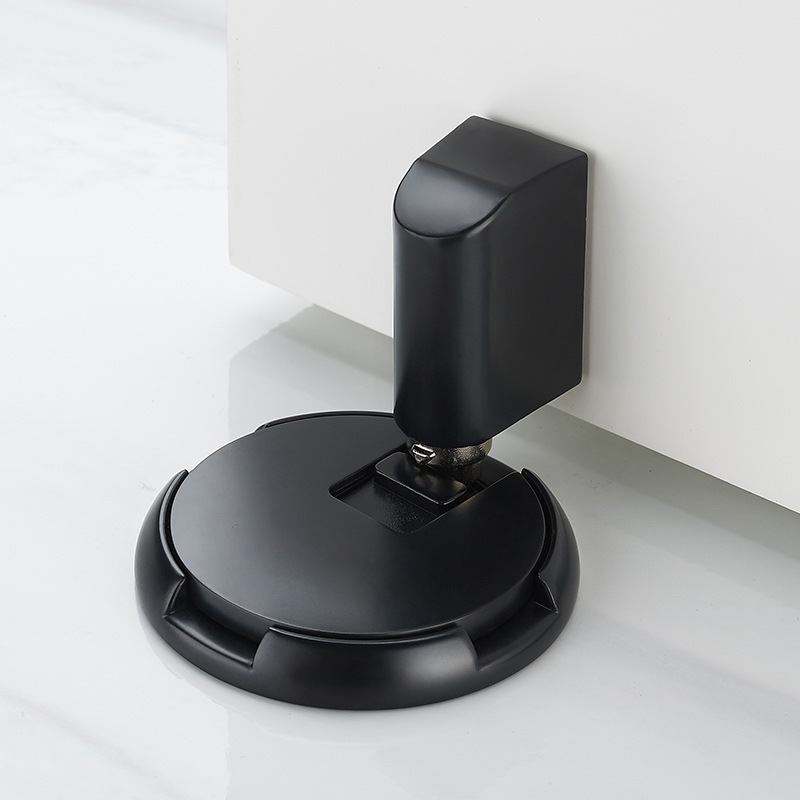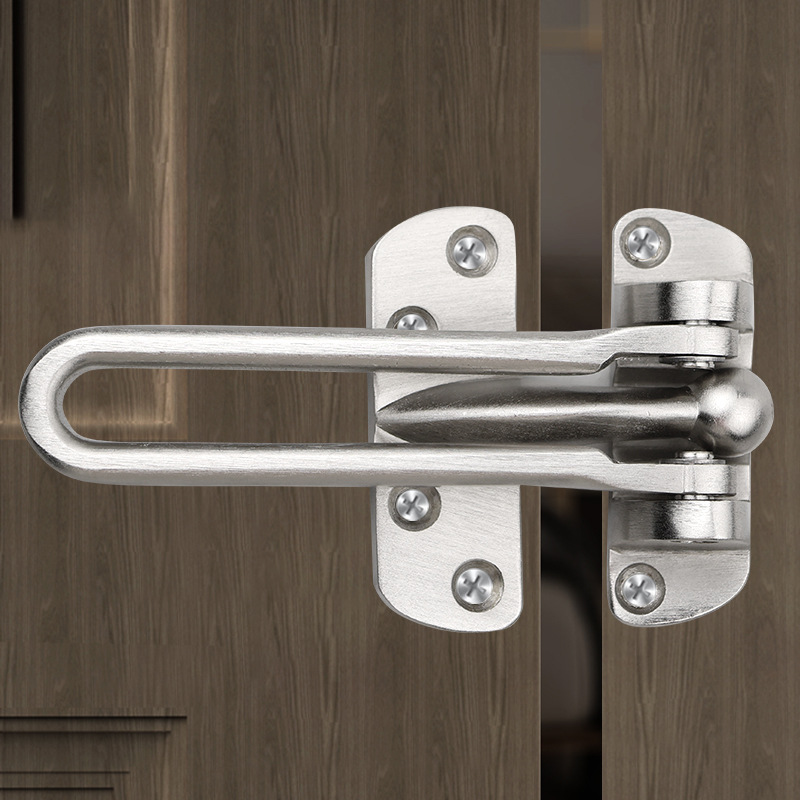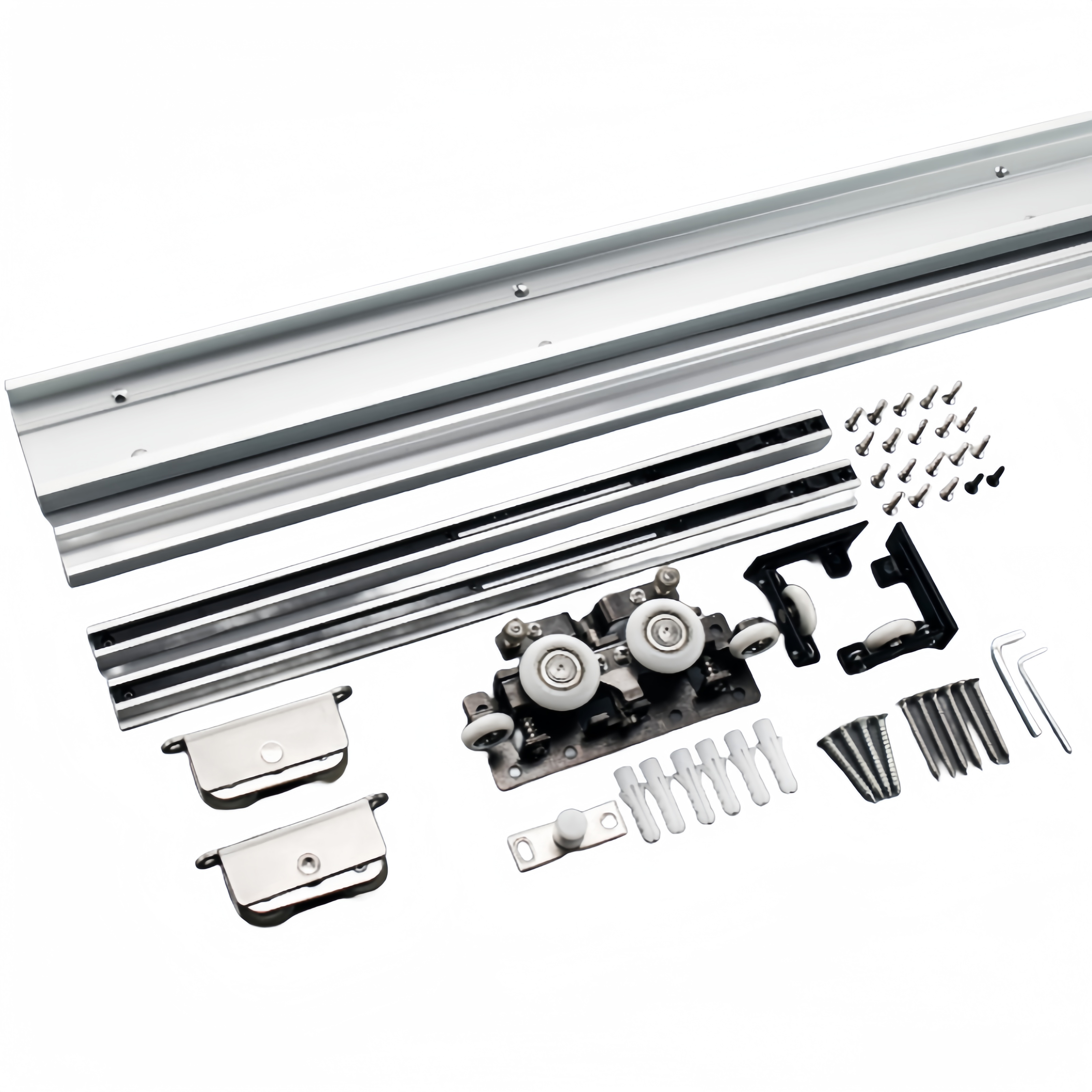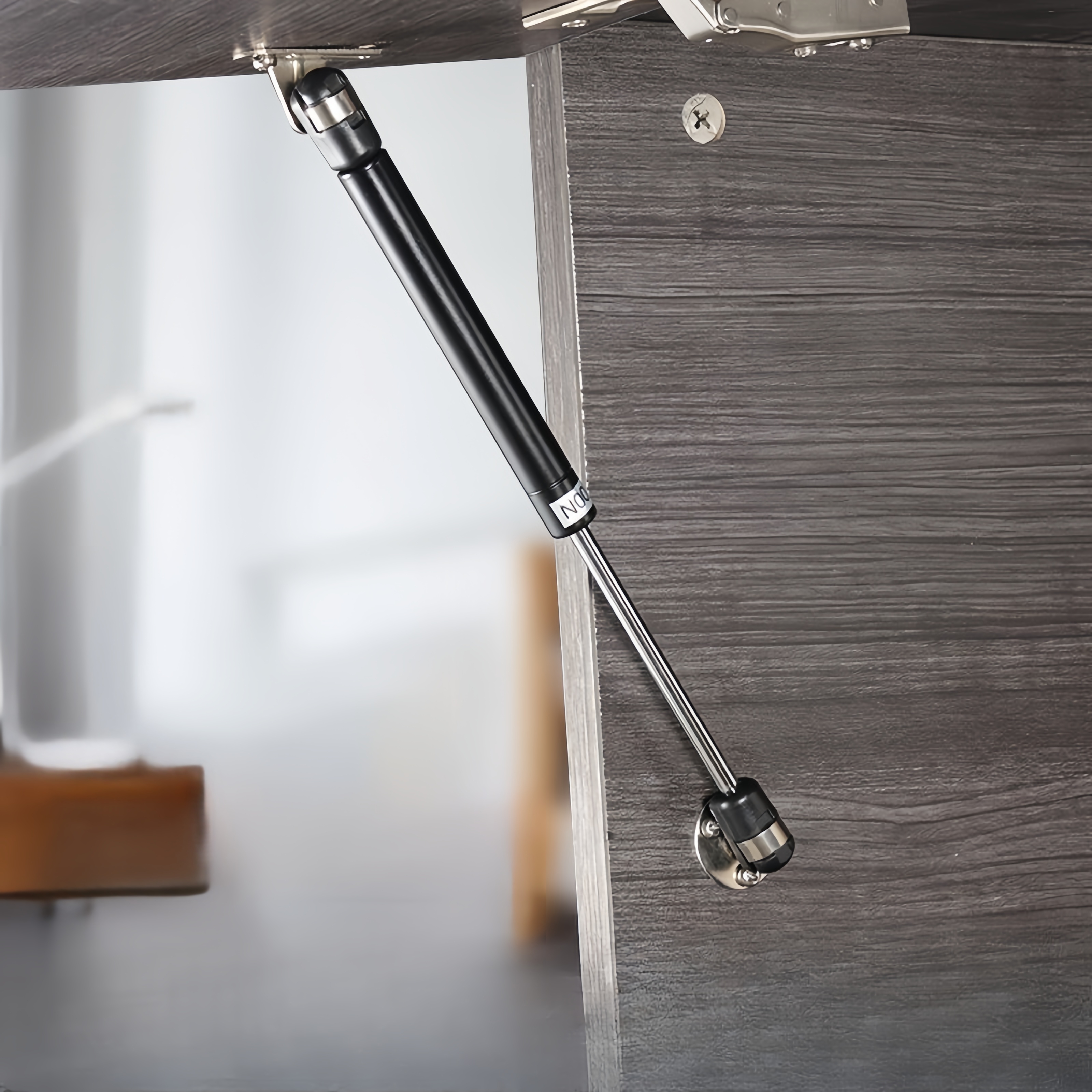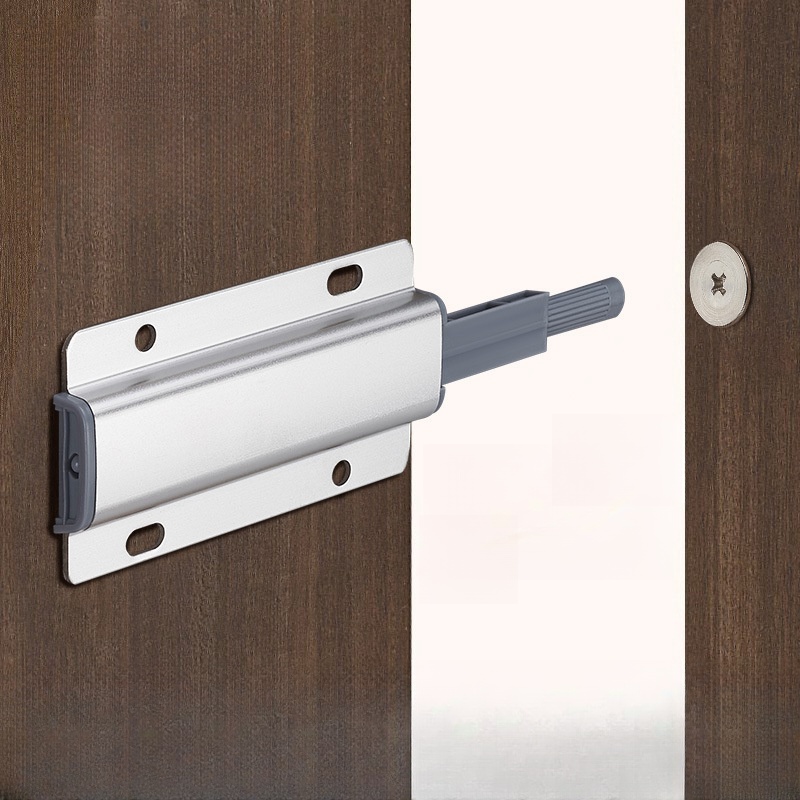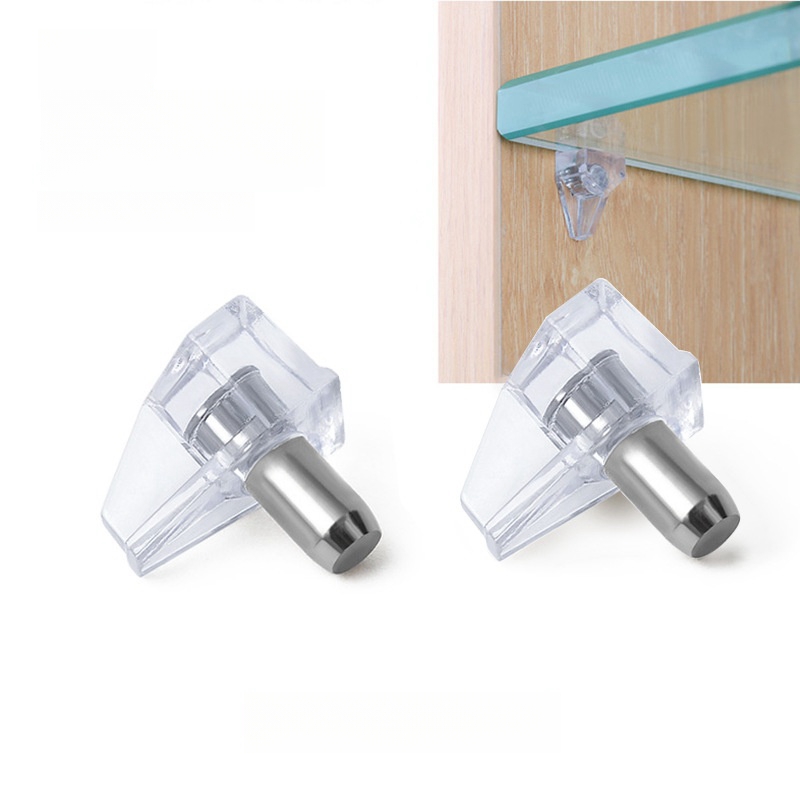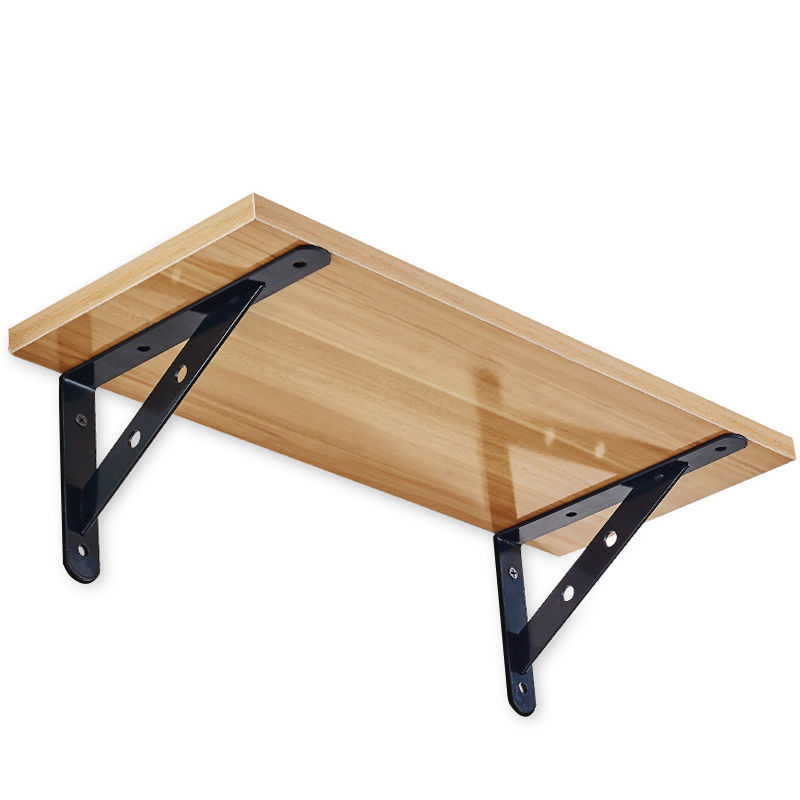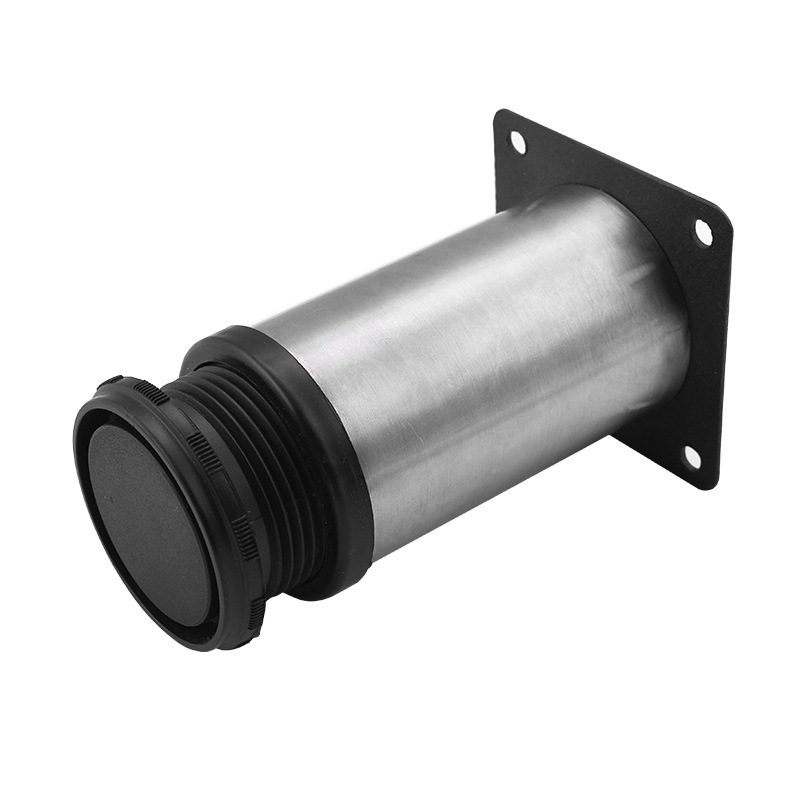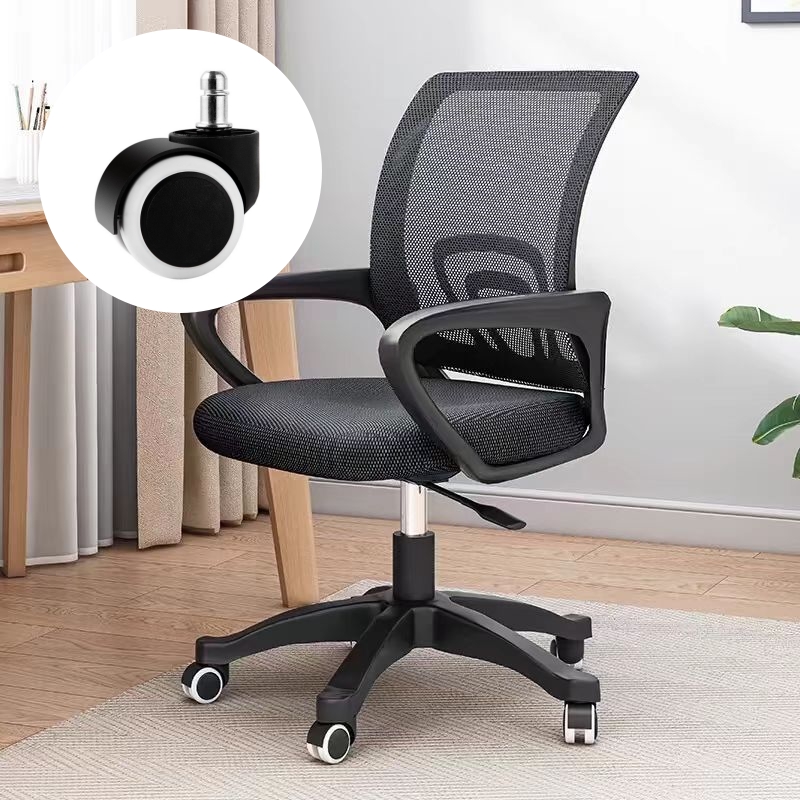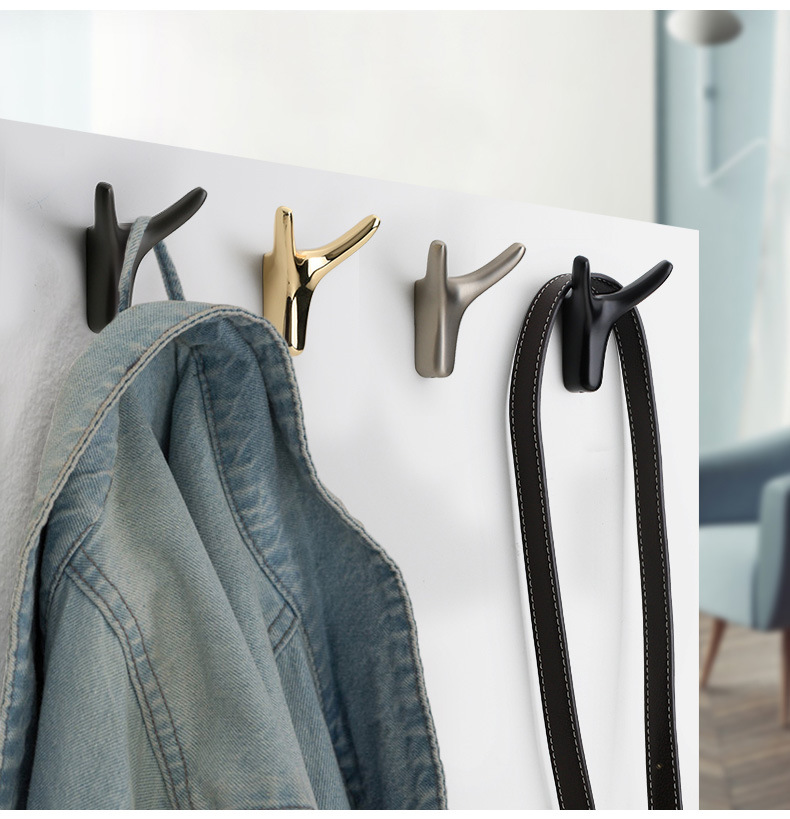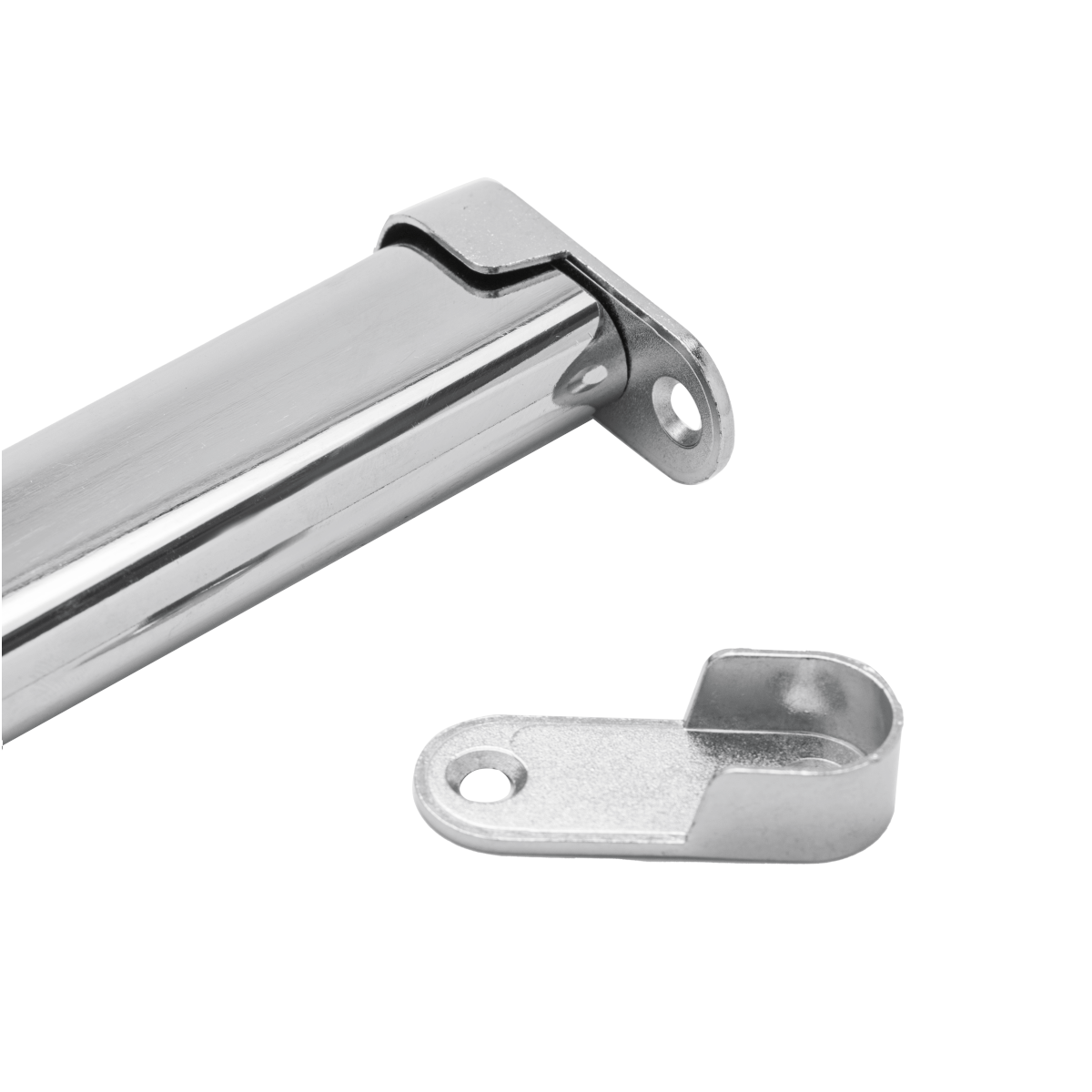
ABOUT
Guangzhou Toplink hardware Co., Ltd specialized in the production and export of furniture hardware fittings, with an experience of more than 14 years.
Our main products are drawer locks, cabinet hinges, sliding rails, cabinet handles, casters, cabinet legs and connecting fittings etc..
With a complete range of products, excellent performance and reasonable prices we have built up business with many customers all over the world.
We are committed to strict quality control and considerate customer service. We sincerely looking forward to becoming your best choice and the most reliable partner!
PRODUCTS
ball and spring door latch
The Anatomy of a Ball and Spring Latch
The core components of a ball and spring latch are, as its name suggests, a ball and a spring. The ball, typically made of hardened steel or a similar durable material, acts as the latching mechanism. It sits within a recessed cavity in the latch's body, held in place and retracted by a spring. This spring exerts a constant force, pressing the ball against the strike plate – a counterpart component on the door jamb. The strike plate has a hole precisely sized to accommodate the ball, allowing for a secure engagement. The simplicity of this arrangement is part of its brilliance. There are no complex gears or electronic circuits; just a carefully engineered interplay of mechanical forces.
Beyond the ball and spring, other elements contribute to the latch's overall function. A retaining mechanism, often a small lip or a more complex spring-loaded system, keeps the ball firmly in place within the body of the latch. The latch's housing, typically made of metal or plastic, protects the internal components and provides a mounting point for the latch to the door. The exterior of the latch often features a knob or handle, providing a convenient means for the user to engage or disengage the latching mechanism. The design of this handle varies considerably, depending on aesthetic preferences and the overall style of the door.
How the Latch Works: Engaging and Disengaging
The operation of a ball and spring latch is remarkably straightforward. When the door is closed, the pressure on the handle or knob pushes the latch bolt, causing the ball to be pushed forward, engaging with the strike plate. The spring's constant pressure ensures a firm and secure connection. The ball's snug fit within the strike plate prevents the door from being easily opened. This simple act of engagement provides a crucial level of security.
Disengaging the latch is equally simple. By turning the knob or handle in the appropriate direction, the internal mechanism moves, retracting the ball from the strike plate. This allows the door to open freely. The spring then ensures that the ball automatically returns to its original position, ready to engage the strike plate the next time the door is closed. This consistent, reliable action is one of the key reasons for the latch's longevity and widespread use.
Variations and Applications
While the basic principle remains consistent, the design of ball and spring latches can vary considerably. Different materials are used for both the ball and the housing, affecting durability and cost. The size and shape of the ball and the strike plate can also vary, adapting to different door thicknesses and styles. Some latches incorporate additional features, such as a deadbolt mechanism for enhanced security, or integrated locking mechanisms for added convenience.
The applications of ball and spring latches are extensive. They are commonly found in residential doors, office doors, cabinet doors, and countless other applications where a simple, reliable latching mechanism is required. Their adaptability and simple design make them a versatile solution for a broad range of needs. Their cost-effectiveness also makes them a preferable choice over more complex locking mechanisms in many scenarios.
Advantages and Disadvantages
The ball and spring latch boasts several significant advantages. Its simplicity translates to low manufacturing costs, making it an affordable option. Its robust design ensures reliability and longevity, requiring minimal maintenance. The ease of installation also contributes to its widespread adoption, reducing labor costs and simplifying the process for DIY enthusiasts. Finally, its quiet operation, in contrast to some more complex mechanisms, adds to its appeal.
However, the ball and spring latch also has some limitations. While it offers reasonable security, it is not as robust as more sophisticated locking mechanisms. A determined individual could potentially force the latch open. Furthermore, the latch's simplicity may limit its adaptability for certain specialized applications or high-security environments. Its lack of features compared to more modern locks might be a drawback for some users seeking advanced security or convenience features.
The Enduring Legacy
Despite the emergence of more technologically advanced locking mechanisms, the ball and spring door latch continues to hold its own. Its simplicity, reliability, and cost-effectiveness have ensured its enduring popularity. While it may not be suitable for all applications, its place as a workhorse of the door hardware industry is undeniable. Its quiet, efficient operation and simple design make it a timeless example of effective engineering, a testament to the enduring power of elegant simplicity in design.
The ball and spring latch’s story is more than just a tale of a mechanical device; it’s a reflection of the enduring principles of good engineering: simplicity, robustness, and practicality. This seemingly humble component continues to serve its purpose effectively and efficiently, a silent guardian of countless doors around the world, a testament to its clever design and enduring appeal.
SUBSCRIBE
INQUIRY
